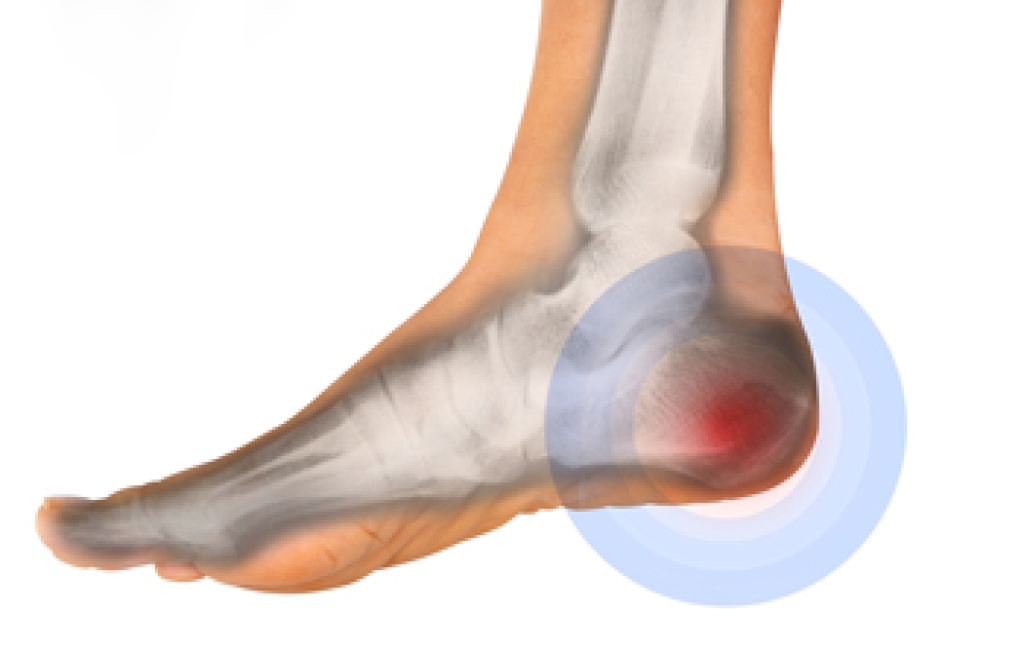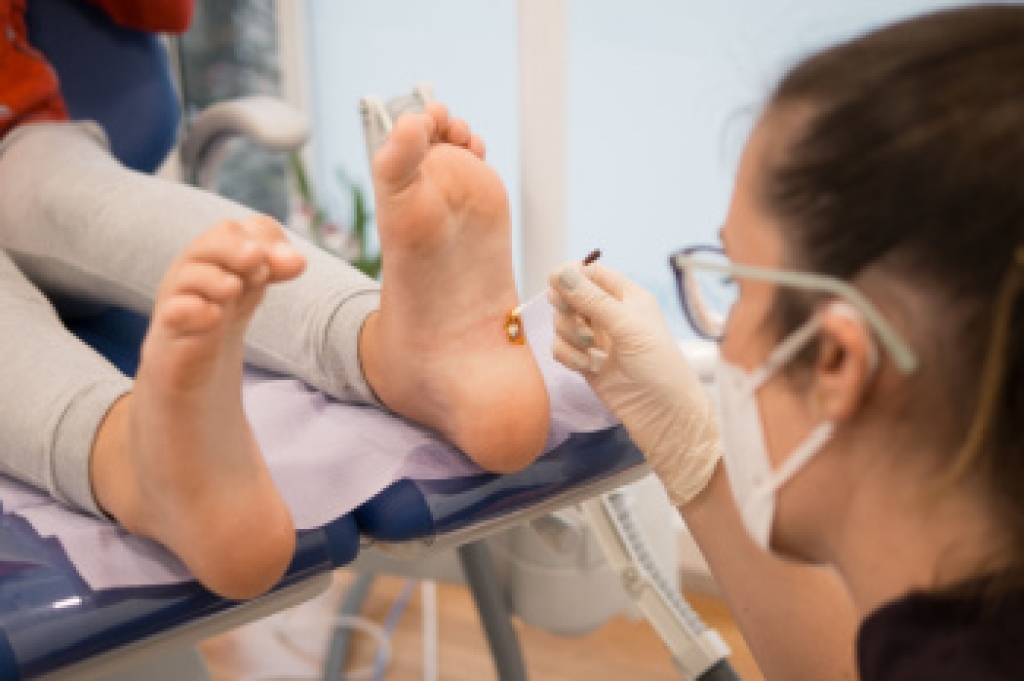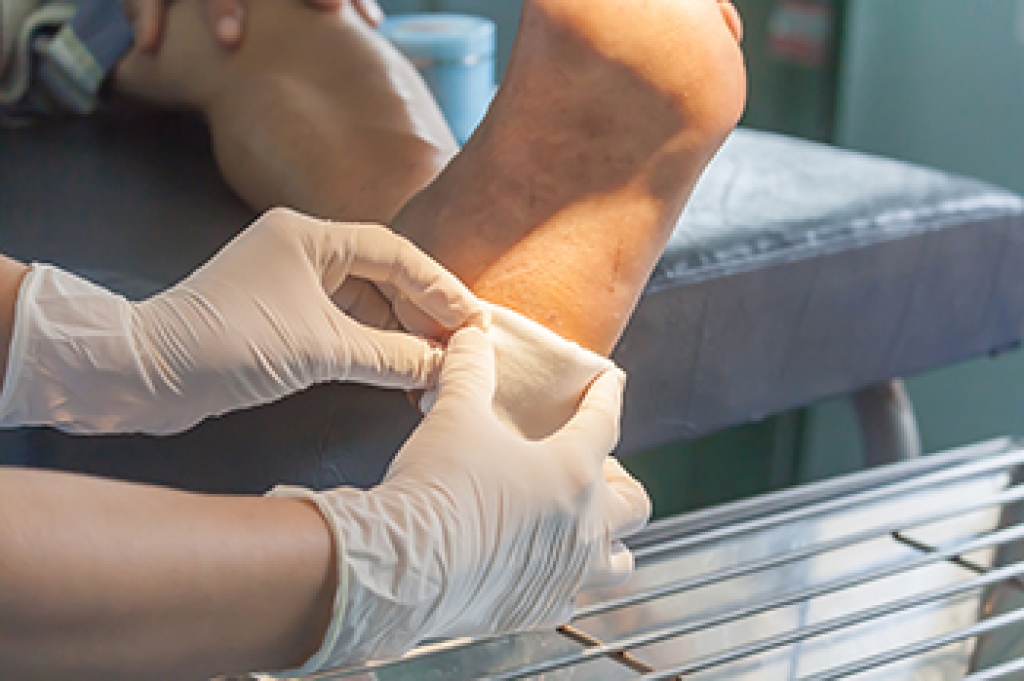
Preventing falls in the workplace begins with proper safety practices that protect your entire body, including your feet and ankles. Personal protective equipment such as non-slip footwear provides essential traction on slick or uneven surfaces. Fall arrest systems offer added protection when working at heights, while well maintained ladders help reduce the risk of sudden slips. Safe lifting techniques also play a key role by keeping your body aligned and reducing strain on the lower limbs. Despite precautions, foot and ankle injuries can still occur. A podiatrist can evaluate workplace-related injuries, provide treatment, and recommend supportive footwear or orthotics to prevent future issues. If you have sustained a foot or ankle injury while at work, it is suggested that you consult a podiatrist who can offer effective relief tips and additional fall prevention techniques.
Preventing falls among the elderly is very important. If you are older and have fallen or fear that you are prone to falling, consult with Jennifer M. Kern, DPM from South Carolina. Our doctor will assess your condition and provide you with quality advice and care.
Every 11 seconds, an elderly American is being treated in an emergency room for a fall related injury. Falls are the leading cause of head and hip injuries for those 65 and older. Due to decreases in strength, balance, senses, and lack of awareness, elderly persons are very susceptible to falling. Thankfully, there are a number of things older persons can do to prevent falls.
How to Prevent Falls
Some effective methods that older persons can do to prevent falls include:
- Enrolling in strength and balance exercise program to increase balance and strength
- Periodically having your sight and hearing checked
- Discuss any medications you have with a doctor to see if it increases the risk of falling
- Clearing the house of falling hazards and installing devices like grab bars and railings
- Utilizing a walker or cane
- Wearing shoes that provide good support and cushioning
- Talking to family members about falling and increasing awareness
Falling can be a traumatic and embarrassing experience for elderly persons; this can make them less willing to leave the house, and less willing to talk to someone about their fears of falling. Doing such things, however, will increase the likelihood of tripping or losing one’s balance. Knowing the causes of falling and how to prevent them is the best way to mitigate the risk of serious injury.
If you have any questions, please feel free to contact our office located in West Columbia, SC . We offer the newest diagnostic and treatment technologies for all your foot care needs.







